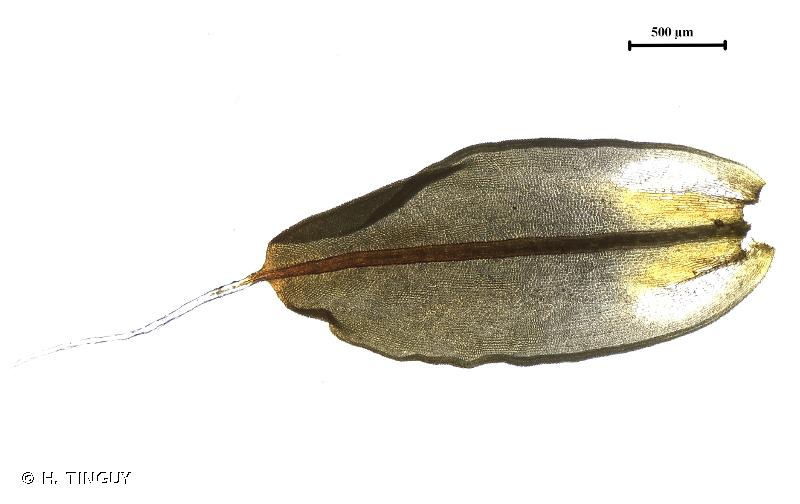Unveiling the Hidden World of Syntrichia calcicola Moss
Affiliate Disclaimer: As an affiliate, we may earn a small commission when you make a purchase from any of the links on this page at no additional cost to you!
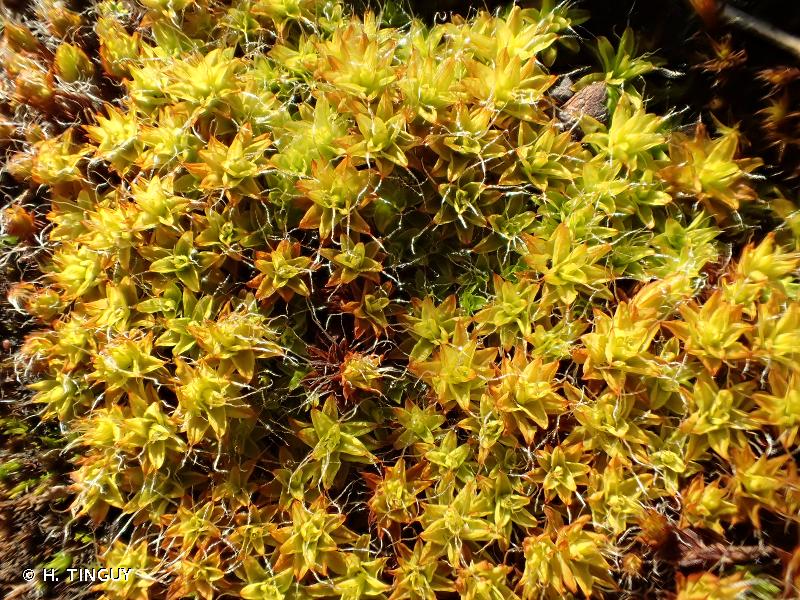
image from: https://inpn.mnhn.fr/espece/cd_nom/434227
Exploring the Fascinating World of Syntrichia calcicola J.J.Amann Moss
Introduction
Mosses are small but mighty plants that play important ecological roles. In this blog post, we’ll take a deep dive into the captivating world of Syntrichia calcicola J.J.Amann

image from: https://observation.org/photos/62397351/
, a unique moss species in the Pottiaceae family, commonly known as Syntrichia
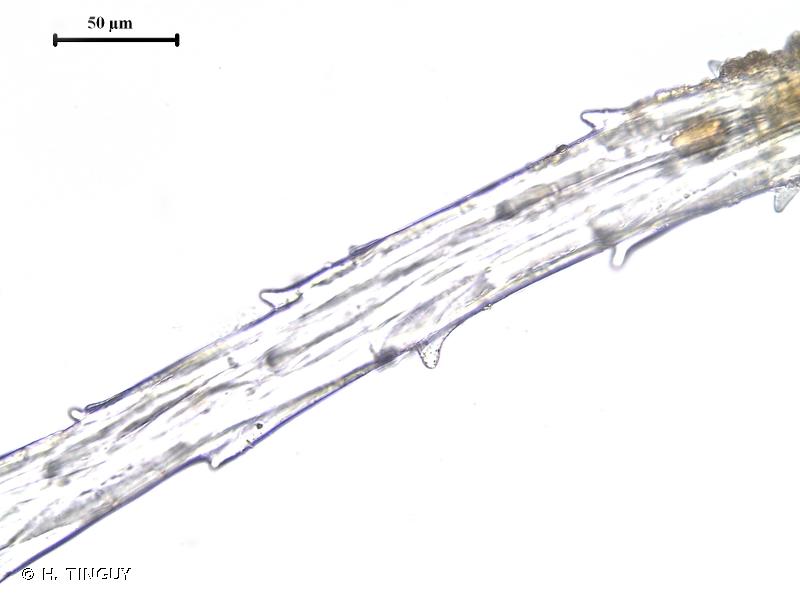
image from: https://inpn.mnhn.fr/espece/cd_nom/434227/tab/taxo
. Get ready to learn all about this remarkable little plant!
Background on Mosses
Before we jump into the specifics of Syntrichia calcicola, let’s cover some moss basics. Mosses are non-vascular plants in the division Bryophyta.

image from: https://inpn.mnhn.fr/espece/cd_nom/434227
They lack true roots, stems, and leaves. Instead, they have leaf-like structures called phyllids that absorb water and nutrients. Mosses reproduce via spores rather than seeds and are found in diverse habitats worldwide.
Morphology and Identification

image from: https://inpn.mnhn.fr/espece/cd_nom/434227
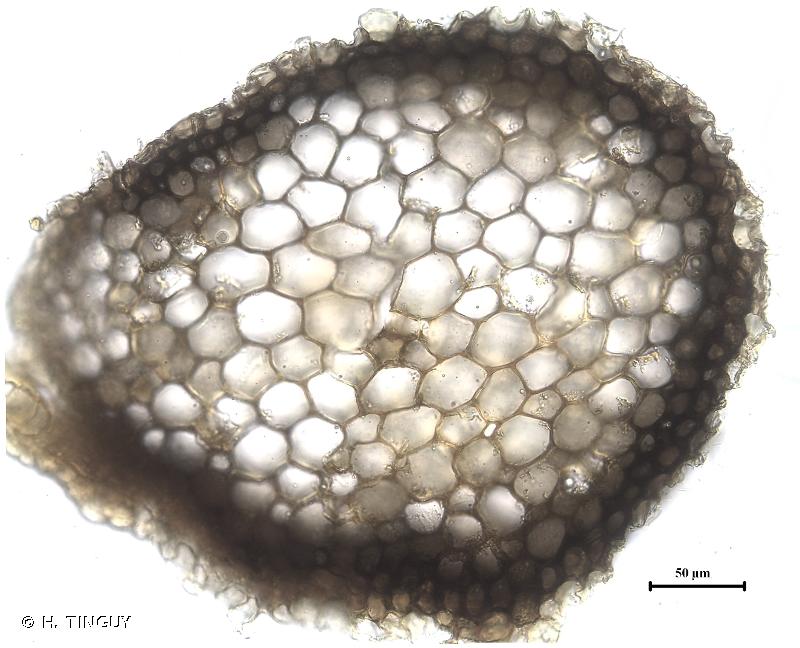
image from: https://inpn.mnhn.fr/espece/cd_nom/434227
Syntrichia calcicola is a small, cushion-forming moss. Its phyllids are lance-shaped and have recurved margins when dry. The leaf tips have distinctive, transparent hair-points. Syntrichia calcicola is dioicous, meaning male and female reproductive structures are on separate plants. The spore capsules are cylindrical and borne on tall, reddish setae.
Global Distribution and Habitat
This moss has a wide distribution, found in Europe, Asia, Africa, and the Americas. It grows on calcareous substrates like limestone and concrete, often in open, dry habitats. Look for Syntrichia calcicola on exposed rocks, old walls, and even sidewalk cracks. It’s well-adapted to withstand harsh conditions.
Ecological Roles and Adaptations
Like other mosses, Syntrichia calcicola plays vital roles in its ecosystems:
- Erosion control: Its dense cushions help stabilize soil and prevent erosion.
- Water retention: Syntrichia soaks up and slowly releases moisture, regulating humidity in its microhabitat.
- Nutrient cycling:
image from: https://inpn.mnhn.fr/espece/cd_nom/434227/tab/taxo
As it grows and decomposes, this moss adds organic matter and nutrients to the soil.
- Habitat for microorganisms: Tiny invertebrates and microbes live among the phyllids.
Syntrichia calcicola has several adaptations for dry, calcareous environments:
- Recurved leaf margins reduce water loss by decreasing surface area.
- Hair-points on leaf tips reflect sunlight and trap moisture from dew and fog.
- Tolerance of high pH allows it to thrive on limestone and concrete.
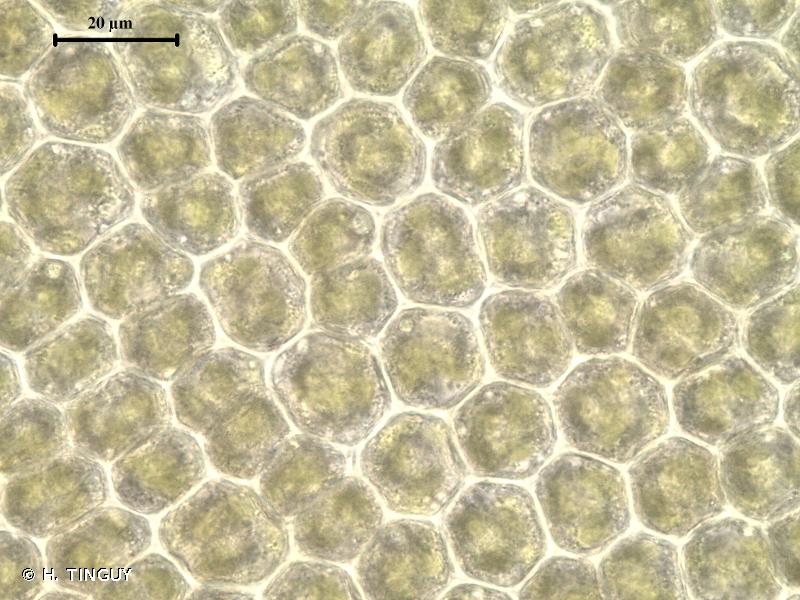
image from: https://inpn.mnhn.fr/espece/cd_nom/434227
Conclusion
From sidewalk cracks to limestone cliffs, Syntrichia calcicola is a small but remarkable moss with big ecological impacts. Next time you see some scrappy green cushions thriving in a tough spot, take a closer look – it might be this hardy Pottiaceae species!

image from: https://inpn.mnhn.fr/espece/cd_nom/434227
What other mighty mosses have you noticed in your neighborhood?

image from: https://observations.be/observation/204379420/

